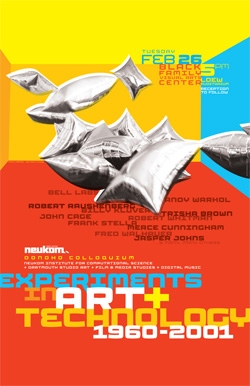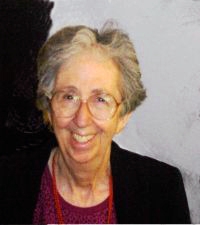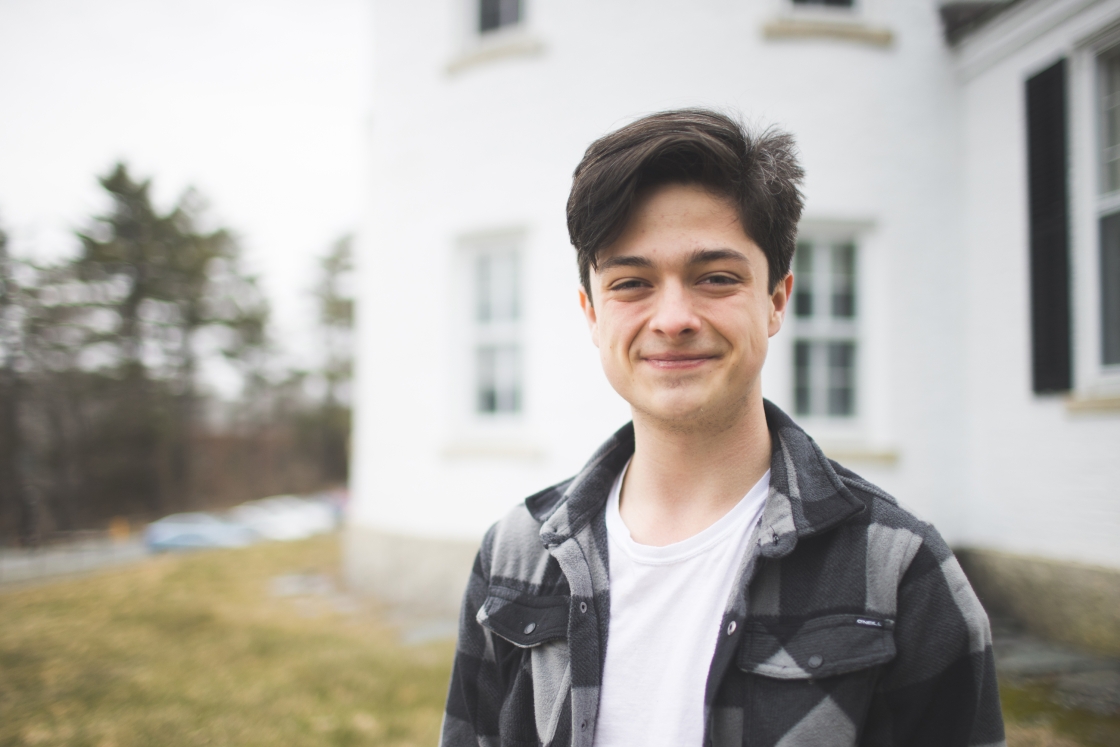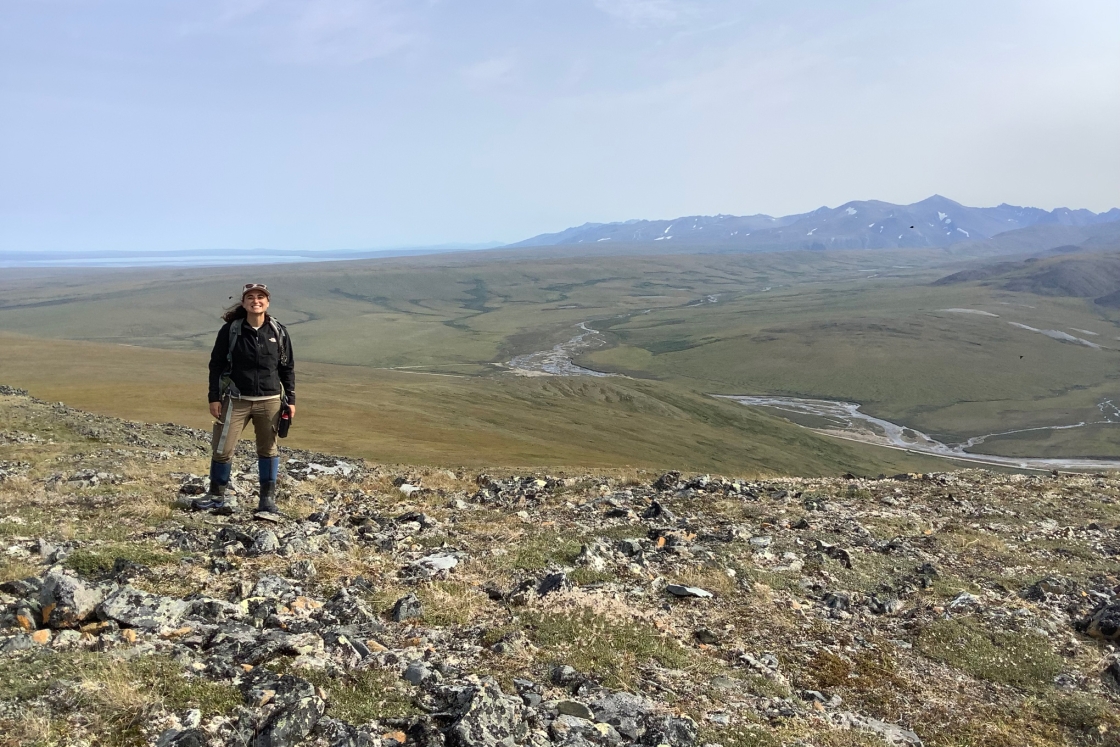Before the Experiments in Art and Technology (E.A.T.) project launched in the 1960s, technology and art didn’t often mix.
“The project made it possible for artists to incorporate technology into their work,” say Julie Martin, a collaborator on E.A.T. “Now it’s everywhere.”

Daniel Rockmore, director of the Neukom Institute and the William H. Neukom 1964 Professor of Computational Science, says E.A.T. was groundbreaking.
“If you look back in time, you can see that artistry, science, and engineering have been entwined for as long as humankind has been making things,” says Rockmore. “New technologies often spur artistic innovations and artistic challenges have inspired the invention of new kinds of technologies. Scientific ideas almost always diffuse into the art of a given age. The E.A.T. project was an extraordinary milestone in engendering these kinds of collaborations and conversations.”

Martin’s talk will touch on the importance of collaboration on projects between artists and engineers. These projects were beneficial to both groups, Martin says, as artists developed new works enhanced by technology and scientists gained a different perspective on their work. Some of the collaborations brought scientists together with artists like Andy Warhol, composer John Cage, and painter and graphic artist Robert Rauschenberg.
Martin is currently working as a director and executive producer of a film that documents the collaborations and performances of artists and scientists, and she is editing a book on the writings of Klüver.
The talk is this winter term’s Donoho Colloquium, a Neukom Institute lecture series endowed by the parents of Daniel Donoho ’06 as a graduation gift to their son. Martin’s talk is also supported by the department of Film and Media Studies, the Digital Musics program, and the department of Studio Art.
There will be a performance by graduate students in the Digital Musics program both before and after the talk. A reception will follow the talk in the Nearburg Arts Forum.
“One of the things that should be really interesting is seeing what the students are working on,” says Martin. “I hope I’ll learn as much as they do.”
“The E.A.T. story shows us the kinds of exciting things that can happen when you provide opportunities for artists and scientists to interact closely,” says Rockmore, chair of the mathematics department. “I would hope that Julie’s lecture would inspire us to recreate that kind of working and playful environment.”
An exhibition of photo and text panels by Klüver will be on view February 24 to March 4 in the Nearburg Arts Forum.

